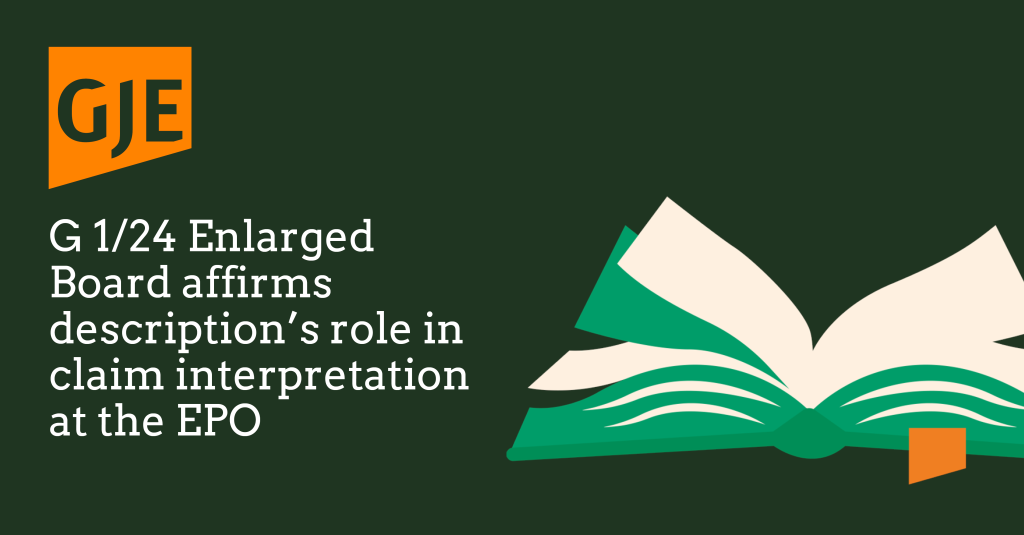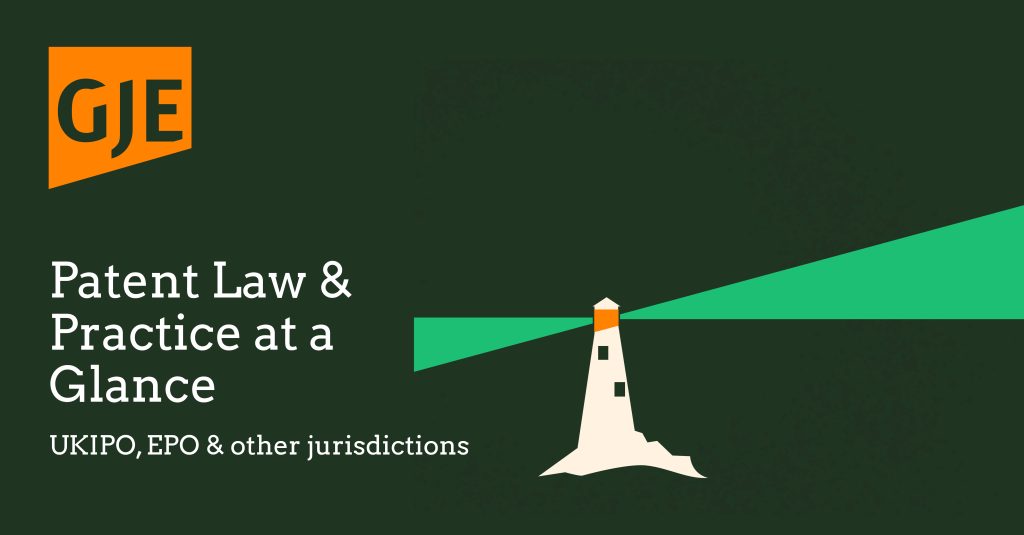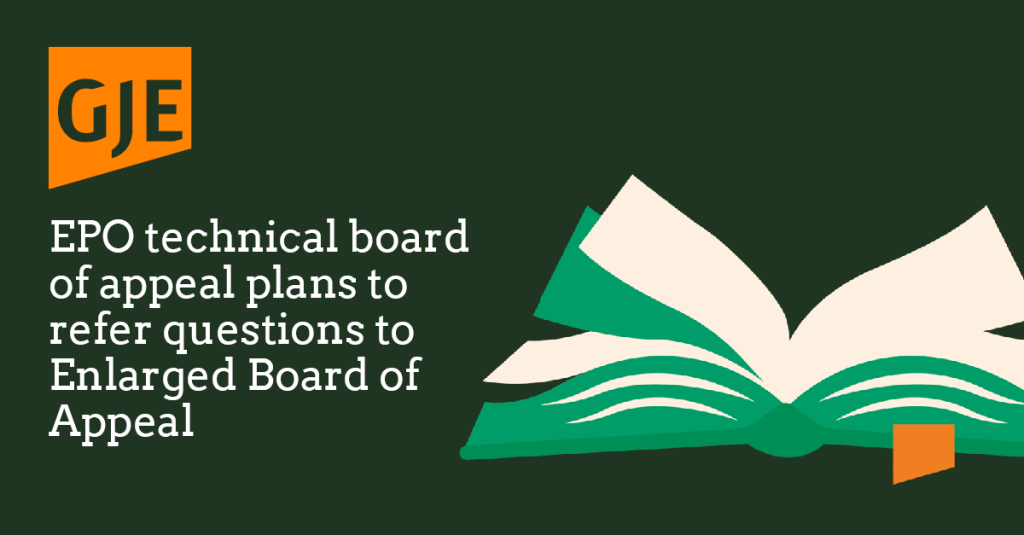
Introduction
G 2/21 is the referral pending before the Enlarged Board of Appeal of the EPO regarding whether post-published evidence can be used to prove the existence of a technical effect when proof of the technical effect rests exclusively on the post-filed evidence. Read our article summarising the background and referred questions.
The decision of the Enlarged Board of Appeal could have a significant influence on the way that European patents are drafted, prosecuted and opposed.
The Questions
The questions referred to the Enlarged Board of Appeal are as follows:
If for acknowledgement of inventive step the patent proprietor relies on a technical effect and has submitted evidence, such as experimental data, to prove such an effect, this evidence not having been public before the filing date of the patent in suit and having been filed after that date (post-published evidence):
Should an exception to the principle of free evaluation of evidence (see e.g. G 3/97, Reasons 5, and G 1/12, Reasons 31) be accepted in that post-published evidence must be disregarded on the ground that the proof of the effect rests exclusively on the post-published evidence?
If the answer is yes (the post-published evidence must be disregarded if the proof of the effect rests exclusively on this evidence), can the post-published evidence be taken into consideration if, based on the information in the patent application in suit or the common general knowledge, the skilled person at the filing date of the patent application in suit would have considered the effect plausible (ab initio plausibility)?
If the answer to the first question is yes (the post-published evidence must be disregarded if the proof of the effect rests exclusively on this evidence), can the post-published evidence be taken into consideration if, based on the information in the patent application in suit or the common general knowledge, the skilled person at the filing date of the patent application in suit would have seen no reason to consider the effect implausible (ab initio implausibility)?
Consequences
Answering “yes” to the first question is viewed as an extreme position for the Enlarged Board of Appeal to take. Established practice at the EPO is that proprietors can rely on post-published evidence to prove that an invention provides a technical effect over prior art that was not considered in the original application. This routine practice would be undermined if the first question were to be answered in the affirmative.
With respect to the second question, ab initio plausibility is a long-standing concept at the EPO in specific technical fields, such as pharmaceuticals. A lack of plausibility, however, is a less common objection in other technology sectors. Answering the second question “yes” would risk introducing a requirement for proprietors wishing to rely on post-filed evidence in any technical field to disclose in the initial application information rendering it technically plausible that the purported technical effect can be achieved.
Bare assertions are unlikely to render a technical effect plausible at the EPO, so empirical technical effects would likely need to be supported by data. This could become extremely onerous on applicants, particularly in highly competitive fields, or in situations where innovators are obliged to disclose details of their invention early in development, and therefore must file a patent application at an early stage. On the other hand, applicants wishing to render a technical effect plausible by scientific theory alone risk uncertainty as to whether an absence of data in the patent proves fatal to its validity.
Another eventuality of endorsing ab initio plausibility as a threshold to relying on post-published evidence is that the test may be applied when assessing sufficiency of disclosure of any claim that includes a technical effect as a feature. The concept of plausibility is often considered in the context of sufficiency of disclosure of claims to medical use inventions. The Enlarged Board of Appeal would likely avoid introducing different definitions of plausibility for inventive step, where the technical effect is not a claim feature, and sufficiency, where the technical effect is a claim feature.
Regarding the third question, adopting ab initio implausibility as the test could risk reversing the burden of proof when it comes to proving a technical effect. An established legal principle at the EPO is that a party asserting a fact must prove it, yet proving that the skilled person would have seen no reason to consider the effect implausible requires proving a negative – something that for obvious reasons should be avoided. This could result in a situation where technical effects are considered not implausible unless proven otherwise, e.g., by the Examining Division or an opponent. It is therefore questionable whether an ab initio implausibility test would have the desired effect of stopping purely speculative applications from being granted.
Next Steps
The Enlarged Board of Appeal may issue a written preliminary opinion before reaching a final decision. We will be reporting as the case progresses, so connect with us on LinkedIn here and sign up here to receive further G 2/21-related news and insights. In the meantime, please contact Ash Earl or Arnie Clarke if you would like to discuss the potential relevance of G 2/21 and plausibility to your business.




